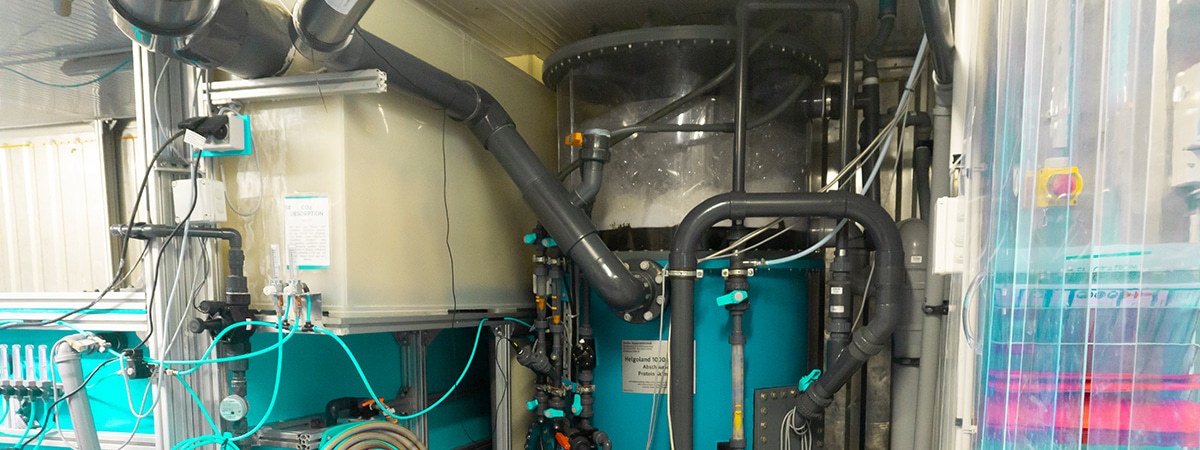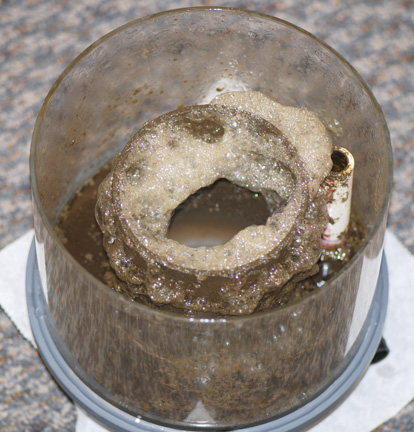Ozone not to prevent but to act as carbon would post going sexual. I'm going to be using it for other reasons and expect it would oxidize the affects of going sexual as well.@GARRIGA
The post on using activated carbon addressed cleaning up water after seaweed went sexual.
I don’t see ozone preventing sexual events with seaweed. Please explain how ozone helps.
I have used seaweed in my reef tanks for many years and have seen a dozen seaweed survival events. Different seaweeds respond differrently: red grapes lose flotation balls, some fast growing Caulerpa show white instead on growth tips. I have had both Caulerpa Parvispora & Caulerpa Prolifera go sexual during lights out with no obvious indicators.
Once, in a different system with lights on, Caulerpa Parvispora oozed a white substance from cylindrical stems that had doubled in diameter. I removed that runner and immediately dosed 20ml of ammonia into a 55G tank.
I'm speaking of seaweed found in the Atlantic off our beaches in south Florida. I do not know of there being various species therefore are red grapes a type of seaweed in these waters or a type of caulerpa attached to rocks. Not a salt plant guy and haven't had caulerpa since the mid 90s where I failed getting it to attach to my rocks and best I can recall might have withered away or disposed of.





















